GM Partners With Flo To Bring Charging To Rural Communities In The U.S. And Canada

GM aims to close the charging equity gap in American and Canadian rural communities.
In the EV revolution, charging infrastructure has been a hot-button topic, arguably more than the capabilities of the car themselves. Where to charge, how to charge, and who will maintain the chargers isn’t always a question with a straight answer, especially for rural EV drivers who may be miles away from the nearest charging station.
To help close the gap, GM has partnered with Flo, a Quebec-based EV charging company. The two aim to provide more charging equity in hard-to-charge rural areas. “Together, FLO, GM, and GM dealerships will bring reliable charging to drivers from curbside to countryside,” said Flo president and CEO, Louis Tremblay. GM aims to install 40,000 level 2 chargers across the US.
Using Flo’s CoRE Max Level 2 chargers, the collaboration will see the installation of the faster 19.2KW chargers in key areas of concern throughout the U.S. and Canada. The chargers will be installed by select GM dealers in rural areas. Each participating dealership gets 10 chargers that could be installed in each respective surrounding community. GM says that over 1,000 dealers in both countries have signed up.
Price concerns have been a big hurdle, but GM is offering to help defray costs, splitting the installation cost between itself and the participating dealership. It also will help the dealer search for additional grants, financing, or other money needed for further EV charging infrastructure expansion, as needed. Each dealership gets ten chargers, but they can request more if they’re game to handle the costs.
The first few chargers from the program are already up and running in Wisconsin and Michigan.
Become an AutoGuide insider. Get the latest from the automotive world first by subscribing to our newsletter here

Kevin has been obsessed with cars ever since he could talk. He even learned to read partially by learning and reading the makes and models on the back of cars, only fueling his obsession. Today, he is an automotive journalist and member of the Automotive Press Association. He is well-versed in electrification, hybrid cars, and vehicle maintenance.
More by Kevin Williams



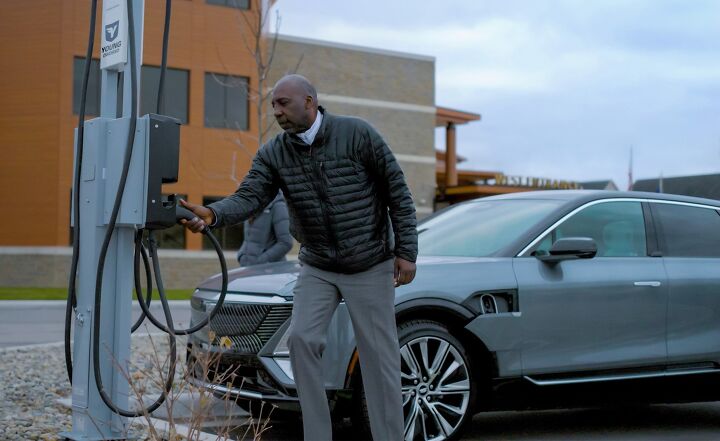














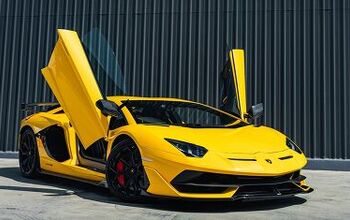
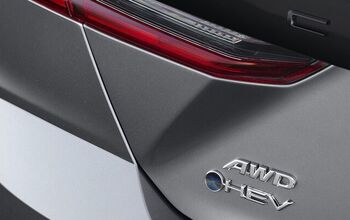
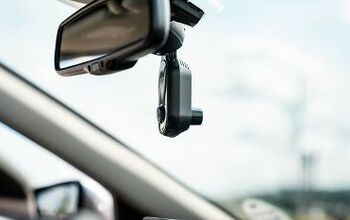

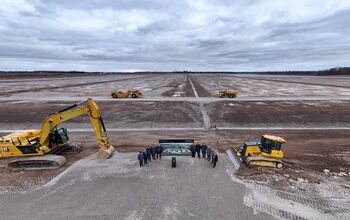
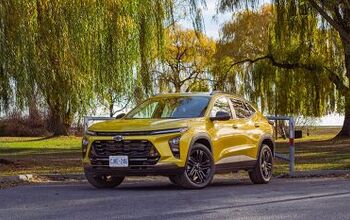


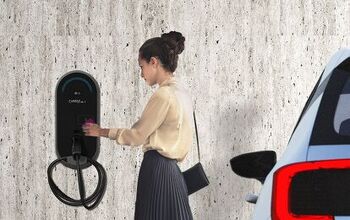
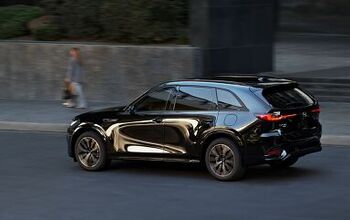
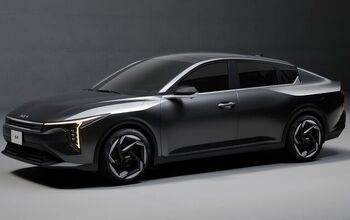
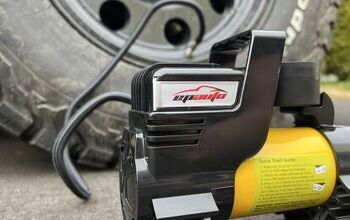

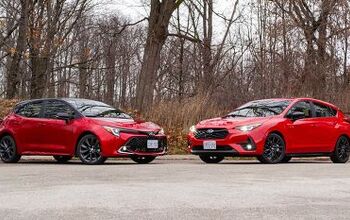
Comments
Join the conversation